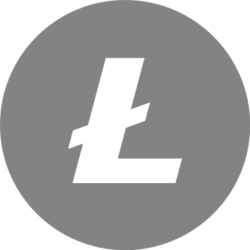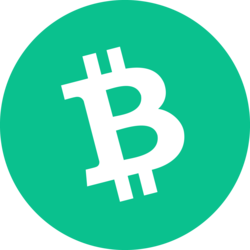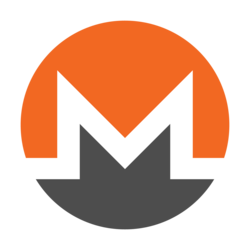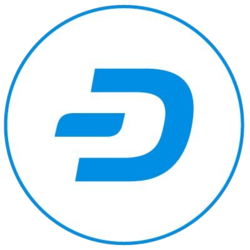The slogan of the project speaks about great ambitions of the creators: “Quark is the smallest unit in physics. The base of everthing We want to be the fundamental base of blockchain and DApps”.
It’s very ambitious. Given the specifics: QuarkChain is called neither much nor little – Blocker 3.0 (obviously, Blockchein 2.0 is an Ether. Vitalik Buterin habitually keeps silent).
So, the Chinese startup promises a million (or even millions) of transactions per second without compromising security and sustainability. It is clear that sustainability requires de-decentralization – that is, very large decentralization. The blockchain has to solve three tasks simultaneously – and this is usually impossible. In the case, “blockchain 2.0” – that is, Ether – is not possible. Even the next Internet kitties – the game CryptoKitties – were able to cause the overload of the Ether at the end of last year. And they added only 15% of traffic. The blockchain of Ether was forced to intervene in the process of birth of kittens and doubled the tax on their birth..
QuarkChain, with its offer to solve all the problems – is in demand at the market. And this is not a game. Blockchain 3.0 will leave everyone far behind itself, from bitcoin to Visa – if you believe the creators of the project (see diagram).

Technical solution
QuarkChain uses a two-layer architecture to scale blockchain with segmentation (“sharding”). Traditional blockchain performs two basic functions: creating blocks of transaction (with a limited size of block by the way) and confirming transactions (which requires significant computing power). Hence all the problems with scalability.
QuarkChain will solve with the “divide and conquer” rule (see Pic.). In fact, the two basic functions of the blockchain are divided into layers. The upper root layer only confirms the transactions that are performed at the lower layer. And this lower layer is Know-how: “shards”, that are mini-blockchains, process subsets of transactions independently. The more shards – the more simultaneously processed transactions. Two types of transactions are allowed: inside the shards, i.e. between addresses within the same shard – and between shards. The performance of the chain increases linearly as the number of shards increases.

The second Know-how is a smart wallet. It is understandable if it were not smart – we would suffer much with these shards. Smart wallet (see diagram) gets access to any address in any “shard” with one key. In this case, the balance is maintained on one – the main – account, here the balance is returned after any transaction in any shard.

Token
QKC tokens are compatible with ERC-20. QKC is the only tool for conducting and evaluating transactions in QuarkChain. QKC tokens may be earned by mining. It is planned to maintain smart contracts on EVM – an ethereum virtual machine. Thus, compatibility with existing applications will be maintained. Mainnet is launched in the 4th quarter of 2018 (see RoadMap).

Team
Qi Zhou is the founder. Expert on high-performance systems. 15+ years of experience in development, worked for Google, PhD from the Georgia Institute of Technology.
ZhaoGuang Wang is a senior programmer, an expert in large-scale distributed systems. 6 years of experience in Facebook and Google, worked with systems capable of processing millions of queries per second. Master in computing science form the University of Michigan.
Yaodong Yang is a scientist-researcher. Co-founder of the Demo ++ startup incubator. Professor of the University of Xi’an Jiaotong. PhD from Virginia Tech.
Plus 7 more names.
Advisors
Bill Moore is distinguished engineer of Sun Microsystems, the president of the start-up DSSD, acquired by EMC, which is acquired by Dell in its turn.
Mike Miller is a physicist, PhD. The founder of the distributed (non-relational) database Cloudant (later acquired by IBM, Cloud Data Services).
Zhiyun Qian – an expert in cyber security, found serious vulnerabilities in Linux, Android and TCP / IP. Associate Professor at the University of California at Riverside.
And three more names.
Pros
- Serious study of the market demand. ICO with the subtitle “Blockchain 3.0” will be guaranteed well received.
- Strong, balanced, constantly strengthened team. The website gives a separate notice that Whitepaper is constantly being updated. In particular, in the Team section.
- Beta version of Testnet was released ahead of schedule. Confirmed 2000 TPS. The next target is 10 000 TPS. Good feedback from experts. Public Testnet is planned in May.
Minuses
- Often changes in the team and advisers (this and the plus – it’s the same and minus).
- There are no official partners, although it was stated that negotiations are underway.
- The market is very competitive. Segmentation (it is also “sharding”) is a frequent solution for accelerating of transactions.
Tokenomiks
Token: QKC
ICO Date: May-June
Total number of tokens: 10,000,000,000 QKC
Hardcap: $ 20,000,000
Price of the token: not announced
Platform: Ethereum
Conclusion
The project as a minimum deserves close attention. Market applications are very likely possible soon. As, for example, for the market of decentralized mobile applications. The expected announcement of partners will further strengthen its value. Roadmap is done ahead of schedule. The outlook is very good.




























